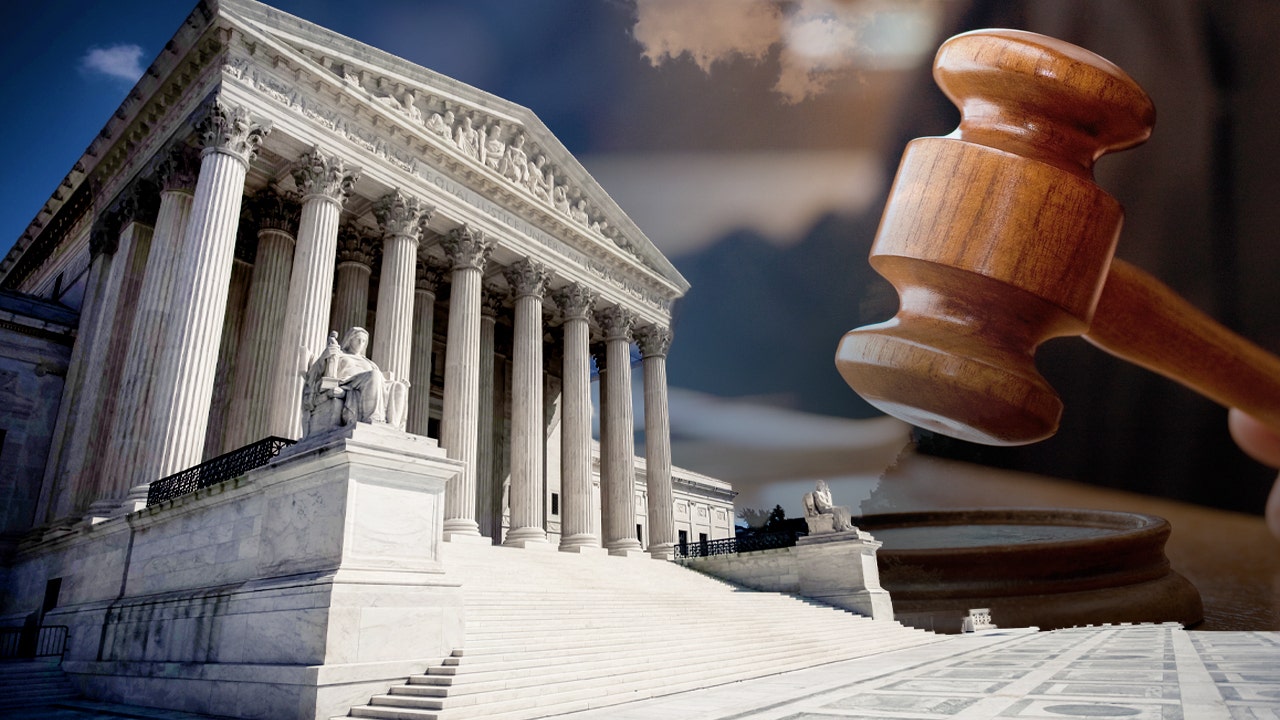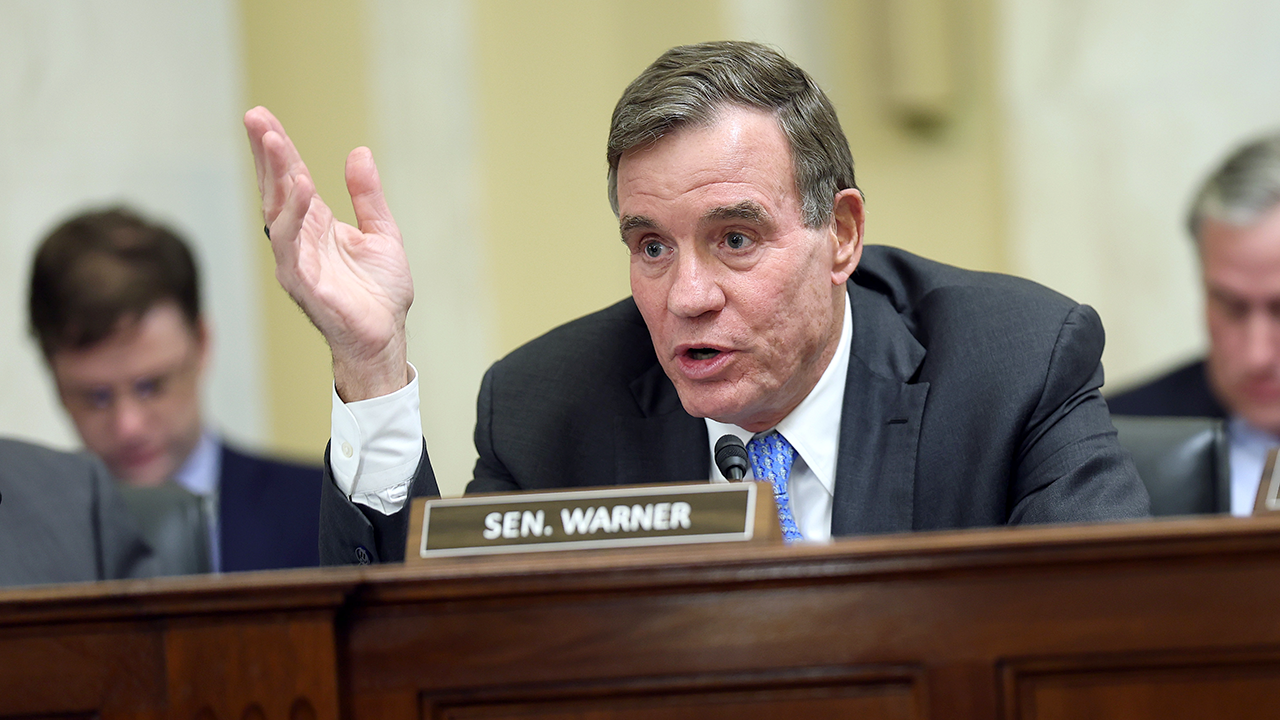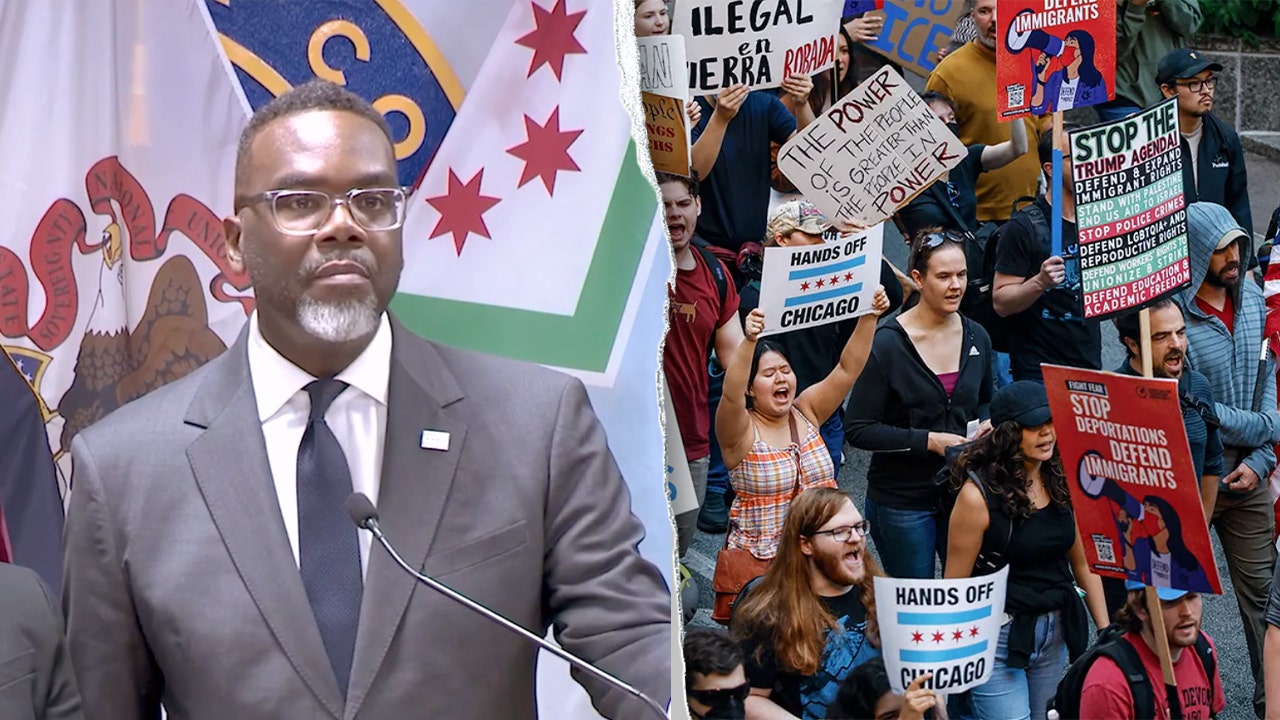Straight woman’s discrimination claim likely to prevail with SCOTUS rebuke of lower court: expert

The Supreme Court appears to be on the brink of a groundbreaking decision in favor of a straight woman’s discrimination claim, in a case that could potentially overturn a long-standing precedent that has been criticized for making the Civil Rights Act apply unevenly. Marlean Ames, the petitioner in this case, alleges that she faced demotion and was overlooked for a position in the Ohio youth corrections system in favor of two less-qualified gay employees who had not even applied for or interviewed for the roles.
The crux of the matter lies in the higher burden of proof that some lower courts have imposed on individuals considered to be in “majority groups,” such as heterosexuals, to establish that discrimination has occurred under Title VII of the Civil Rights Act. During the recent oral arguments, the justices and the attorneys on both sides of the dispute seemed to agree that the appeals court had erred in Ames’ case by requiring her to provide additional “background circumstances” to support the suspicion of discriminatory behavior from the employer.
In a surprising moment during the arguments, Ohio Solicitor General Elliot Gaiser, representing the Ohio Department of Youth Services, acknowledged that holding individuals to different standards based on their protected characteristics is fundamentally wrong. This admission seemed to perplex Justice Elena Kagan, who pointed out the contradiction in Gaiser’s stance given the court’s established position on the matter.
The case at hand revolves around the precedent set by the McDonnell Douglas Corp. v. Green case from 1973, which outlined a four-step process for handling discrimination cases based on indirect evidence. Gaiser argued that Ames had failed to meet the criteria set by these tests, even though the appeals court had incorrectly applied the precedent.
Legal scholar GianCarlo Canaparo, familiar with civil rights litigation, highlighted the ideological underpinnings that have led to the disparate standard applied in some circuit courts, which favors certain groups over others. Canaparo emphasized the need to ensure that the Civil Rights Act applies equally to all individuals, regardless of their demographic characteristics.
The implications of this case are far-reaching, with potential ramifications for future discrimination claims and the overall interpretation of Title VII. If the Supreme Court rules in favor of Ames, it could signal a shift towards a more colorblind understanding of the law and eliminate the unequal application of civil rights protections.
The Supreme Court is expected to issue its ruling by the end of June, and the outcome of this case could have a lasting impact on employment law and the interpretation of anti-discrimination statutes in the United States. Stay tuned for further developments as this pivotal case unfolds.




